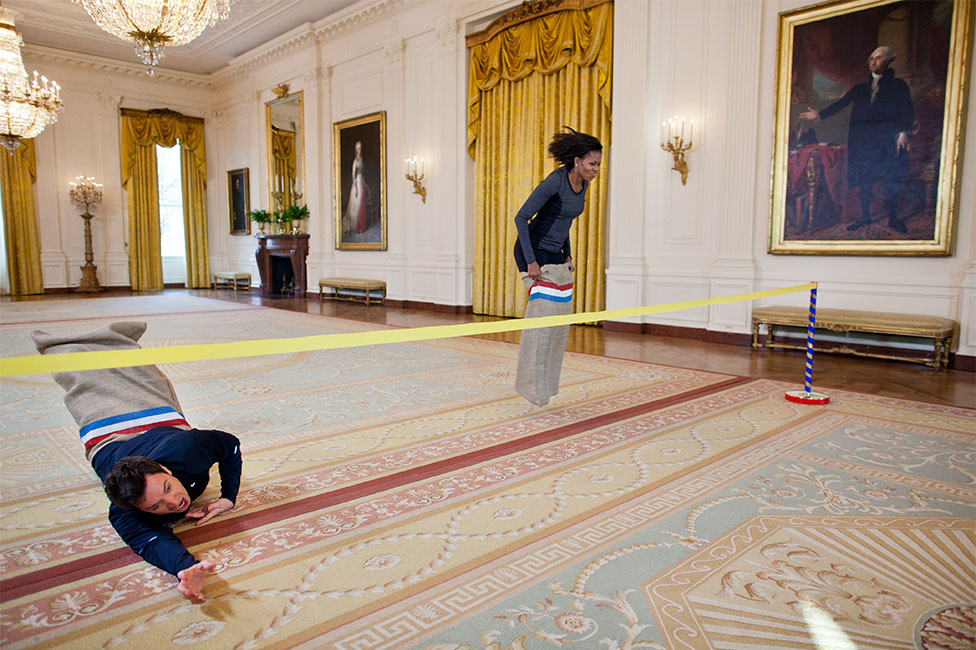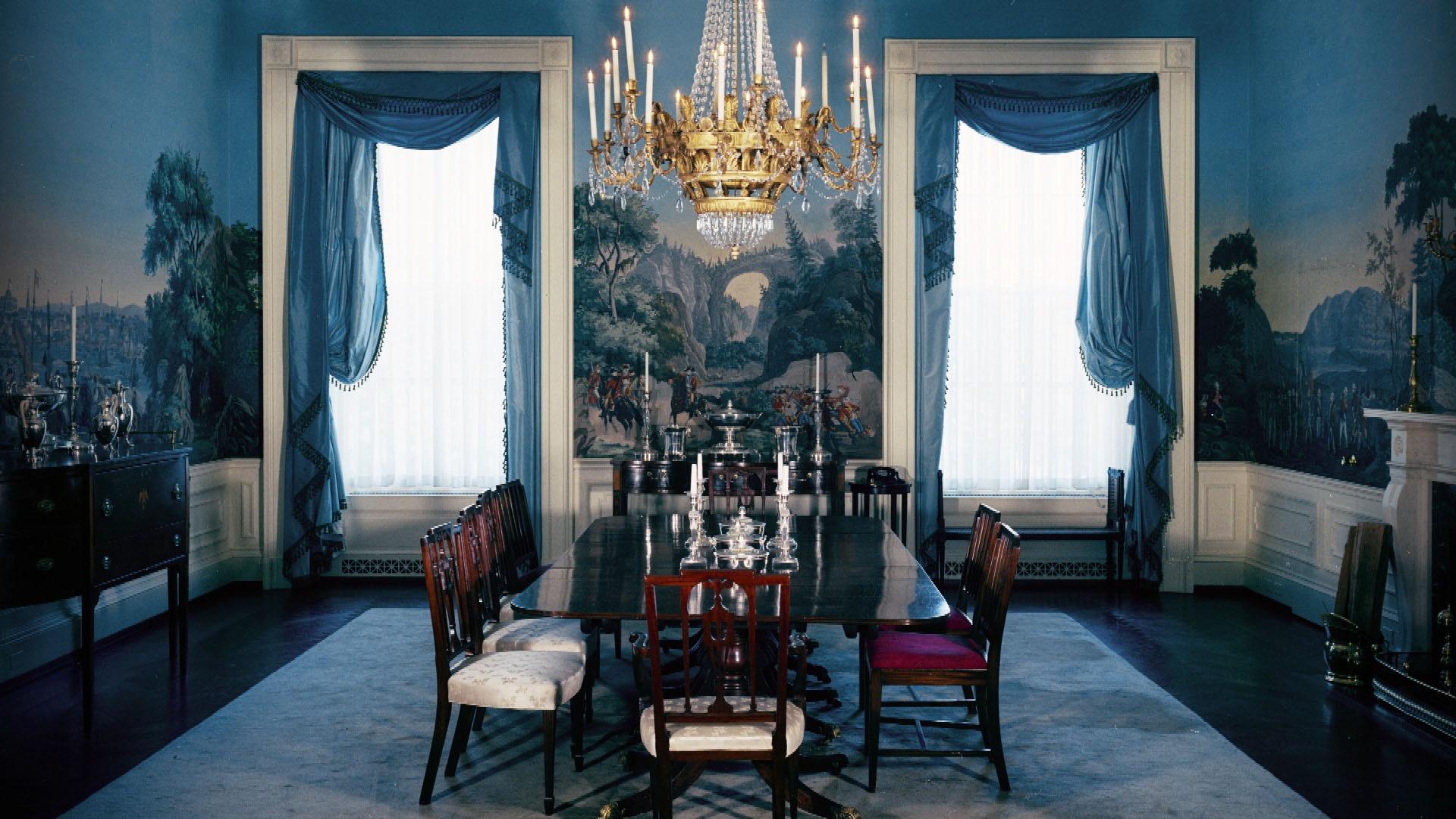Table Of Content

Ford’s pool was built on the South Lawn, and Roosevelt’s indoor pool was covered and turned into a press briefing room. “Everything in the White House must have a reason for being there,” the first lady told Life magazine in 1961. That is a question of scholarship.” Kennedy showed off the restoration during a televised tour that aired on CBS in 1962. In 1800, President John Adams and first lady Abigail Adams moved into the still unfinished building on November 1.
Inside Seth Rogen's Houseplant Headquarters
As the official office of the President and his primary place of work, the Oval Office provides the President with easy access to his senior advisors and the Executive Residence. Navy Stewards have provided food service to the Commander in Chief since 1880. The modern White House Navy Mess was established under President Harry S. Truman in 1951. The Navy’s culinary specialists prepare and serve fine foods in the West Wing. The White House Tour entrance is located in Sherman Park at 15th Street NW and Alexander Hamilton Place NW. If arriving by rideshare, use the White House Visitor Center (WHVC) as the drop-off address.
Inside John Legend & Chrissy Teigen's Serene Family Home
Criticism of the Biden administration's support for Israel's military offensive in Gaza has spread through American college campuses, with students pitching encampments and withstanding police sweeps in an effort to force their universities to divest from Israel. "Shame on you!" protesters draped in the traditional Palestinian keffiyeh cloth shouted, running after men in tuxedos and suits and women in long dresses holding clutch purses as guests hurried inside for the dinner. Biden's speech, which lasted around 10 minutes, made no mention of the ongoing war or the growing humanitarian crisis in Gaza.
Inside Nyjah Huston's Laguna Beach Mansion and Private Skatepark
Instead, Washington and his secretary of state, Thomas Jefferson, decided that the design would be chosen through a national competition. The West Wing is known as the location of the presidential offices today, but it wasn't so until 1901, when Roosevelt moved official operations to the newly constructed wing on account of crowding within the executive mansion. The residence was designed by Irish-born architect James Hoban in the Neoclassical style.[4] Hoban modeled the building on Leinster House in Dublin, a building which today houses the Oireachtas, the Irish legislature. Construction took place between 1792 and 1800, with an exterior of Aquia Creek sandstone painted white. Reconstruction began almost immediately, and President James Monroe moved into the partially reconstructed Executive Residence in October 1817.

Jacqueline Kennedy restoration
White House Correspondents' Dinner overshadowed by protests against Israel-Hamas war - CBS News
White House Correspondents' Dinner overshadowed by protests against Israel-Hamas war.
Posted: Sun, 28 Apr 2024 04:01:00 GMT [source]
Visitors come from around the world to the nation's capital to get a glimpse of the impressive structure. The following White House photos show closeup views of the home and office of the U.S. The practice continued until 1885, when newly elected Grover Cleveland arranged for a presidential review of the troops from a grandstand in front of the White House instead of the traditional open house.
WW Tour styles - do not display
First Lady Dolley Madison — who lived in the White House at the time — refused to leave the burning building until the portrait was accounted for. If you set out to paint the outside surface of the White House, you'd need at least 570 gallons of paint, according to the White House Historical Association. Boasting 55,000-square-feet of living space, the White House has 132 rooms, 35 bathrooms, 412 doors, 147 windows, 28 fireplaces, eight staircases and three elevators, all spread across six floors. Laura Bush and former staff members remember how the White House struggled to remain the nation’s calm center, despite the imminent threat of a terrorist attack. First Children Lynda Johnson Robb, Susan Ford Bales, and Jenna Bush Hagar, recall what it was like growing up in the White House.
Red RoomThe most striking element of this room is its vibrant red color scheme. This parlor has been known as the “Red Room” since 1845, when a suite of furniture upholstered in “Crimson Plush” was introduced to the room. During Thomas Jefferson’s occupancy of the White House, the Red Room was called the "President's Anti-chamber," a room set aside for those having appointments with the President, whose office was in the adjacent room now used as the State Dining Room. Since then it has been a favorite of President's wives as their "private parlor" to receive friends and official callers. Inventories of the John Quincy Adams administration note that a pianoforte had been placed in the room.
The White House sits on an 18-acre plot of land in the heart of Downtown Washington, D.C. The grounds include gardens, a putting green, a swimming pool, a tennis court, and a basketball court. The general layout of the White House grounds today is based on the 1935 design by Frederick Law Olmsted Jr. of the Olmsted Brothers firm, commissioned by President Franklin D. Roosevelt. During the Kennedy administration, the White House Rose Garden was redesigned by Rachel Lambert Mellon.

Inside Kevin Hart’s Stylish Hartbeat Offices
Before the construction of the North Portico, most public events were entered from the South Lawn, the grading and planting of which was ordered by Thomas Jefferson. Jefferson also drafted a planting plan for the North Lawn that included large trees that would have mostly obscured the house from Pennsylvania Avenue. During the mid-to-late 19th century a series of ever larger greenhouses were built on the west side of the house, where the current West Wing is located. During this period, the North Lawn was planted with ornate carpet-style flowerbeds. When Chester A. Arthur took office in 1881, he ordered renovations to the White House to take place as soon as the recently widowed Lucretia Garfield moved out. William Taft hired architect Nathan Wyeth to expand the executive wing in 1909, resulting in the formation of the Oval Office as the president’s work space.
Here, the president charts the course for the country, and the First Family lives in the spotlight. It's a bunker in times of war, a backdrop for command performances or state visits, and the heart of the American body politic. President Thomas Jefferson first opened the White House for public tours because he understood then, as we do now, that this house belongs to the American people. In our country, the halls of government are not reserved for a privileged few, and the President’s workplace should be no exception. Your visit today helps to fulfill my goal of creating the most open and accessible administration in American history.
During the War of 1812, the British set fire to the President’s House, and James Hoban was appointed to rebuild it. James Monroe moved into the building in 1817, and during his administration, the South Portico was constructed. Various proposals were put forward during the late 19th century to significantly expand the President’s House or to build an entirely new residence, but these plans were never realized. Today’s announcement builds on historic support by the Biden-Harris Administration to help states and cities battle homelessness.
Early maps referred to the White House as the “President’s Palace,” but in 1810, the building was officially named “Executive Mansion” in order to avoid any connection to royalty. The residence has also been called “President’s House,” or “President’s Mansion.” In 1901, President Theodore Roosevelt changed the official name to “White House,” a moniker that had been used throughout the 19th century. “There had been a pool inside the White House added by Franklin Roosevelt that he would use as exercise for his polio, but later, Gerald Ford wanted an outdoor pool,” says Fling.
Today’s structure was built in 1942 and sits atop the Presidential Emergency Operations Center. The two-story East Wing houses the office spaces of the first lady and her staff. The central Executive Residence is home to the president’s living spaces and the State Rooms. The ground floor originally housed service areas, but now includes the Diplomatic Reception Room, the White House Library, the Map Room, the Vermeil Room, and the China Room. The State Floor features some of the White House’s most treasured spaces, including the East Room, the Blue, Red, and Green Rooms, the State Dining Room, and the Family Dining Room. Set on 18 acres of land, the White House is made up of the Executive Residence, the East Wing, and the West Wing, with its famous Oval Office.
The three-level southern façade combines Palladian and neoclassical architectural styles. The south portico was completed in 1824.[33] At the center of the southern façade is a neoclassical projected bow of three bays. The bow is flanked by five bays, the windows of which, as on the north façade, have alternating segmented and pointed pediments at first-floor level. The bow has a ground-floor double staircase leading to an Ionic colonnaded loggia and the Truman Balcony, built in 1946.[33] The more modern third floor is hidden by a balustraded parapet and plays no part in the composition of the façade.
This was done to link the new portico with the earlier carved roses above the entrance. Not long after the inauguration of President George Washington in 1789, plans to build an official President’s House in a federal district along the Potomac River took shape. A contest to find a builder produced a winning design from Irish-born architect James Hoban, who modeled his building after an Anglo-Irish villa in Dublin called the Leinster House. Although special meetings, luncheons, and dinners have been held in the room, it continues to be used for the purpose first intended - the formal reception room of the White House. It is here that the President and his wife often receive guests during receptions. The first Chinese delegation to present diplomatic credentials was received by President Rutherford B. Hayes in the Blue Room in 1878.
Also known as the “45 second commute,” the West Colonnade was built for Thomas Jefferson to run alongside service spaces underneath the West Terrace, such as the ice house and storage rooms for coal and wood. The open columned walkway is now used by the President and his staff to travel between the West Wing and the Executive Residence. Use of public transportation is strongly encouraged, as there is no parking available on the White House complex and street parking is limited.

No comments:
Post a Comment